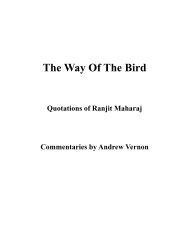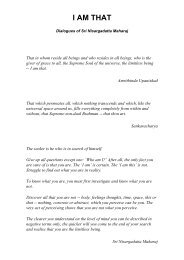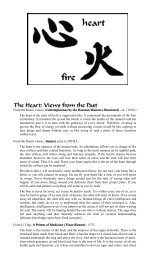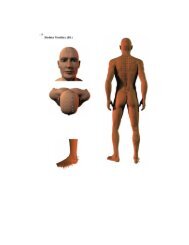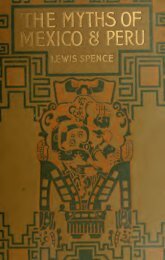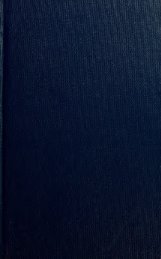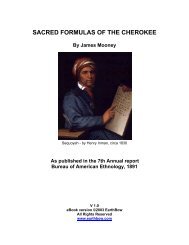Create successful ePaper yourself
Turn your PDF publications into a flip-book with our unique Google optimized e-Paper software.
On magic<br />
subject rather than another. For, although this cause and its causal power<br />
always remain immutably the same, it produces contrary (and not just<br />
different) effects in different subjects with the help of different types of<br />
matter. As a result, there need be only one such simple, principal efficient<br />
cause, like there is only one sun, one heat and one light, which by turning<br />
forward or backward, by approaching and receding, mediately and immediately<br />
causes the winter, the summer, and their different and contrary<br />
weather, and the ordering of the seasons.<br />
Matter is also derived from this same cause, if we wish to believe those<br />
who think that the four commonly mentioned elements change into each<br />
other. The originator of this view was Plato, who sometimes says that all<br />
things were produced from one matter and one efficient cause. But whatever<br />
may have been the method of production used by the first universal<br />
cause, and whether one assumes only one or many material principles, any<br />
human or spiritual secondary cause must recognize that, because of the<br />
great multitude and variety of producing species, there are many types of<br />
matter having act or form, through which a subject is able to influence<br />
things outside of itself.<br />
In regard to the powers or forms or accidents which are transmitted<br />
from subject to subject, some are observable, for example, those that belong<br />
to the genus of active and passive qualities, and the things that immediately<br />
follow from them, like heating and cooling, wetting and drying, softening<br />
and hardening, attracting and repelling. Others are more hidden because<br />
their effects are also obscure, for example, to be happy or sad, to experience<br />
desire or aversion, and fear or boldness. These are said to be caused<br />
by external impressions acting on the cognitive power in humans and on<br />
the estimative power in animals. Thus, when a child or infant sees a snake,<br />
or when a sheep sees a wolf, it conceives an image, without any other<br />
experience, of hostility and of fear of its own death or destruction.<br />
The explanation of this is to be found in the internal sense, which is,<br />
indeed, moved by the external impressions, although indirectly. For nature<br />
gives not only existence to each species, but also the desire in each individual<br />
to preserve itself in its present state. Thus, it implants in each thing an<br />
internal spirit, or sense, if you prefer that word, by which as from an internal<br />
dictate it recognizes and avoids great dangers. This can be seen not only<br />
in the examples given above, but also in all things in which, even if they<br />
seem to be defective or dead, there still resides a spirit striving with all its<br />
power to conserve the present condition. This happens in falling drops<br />
110







